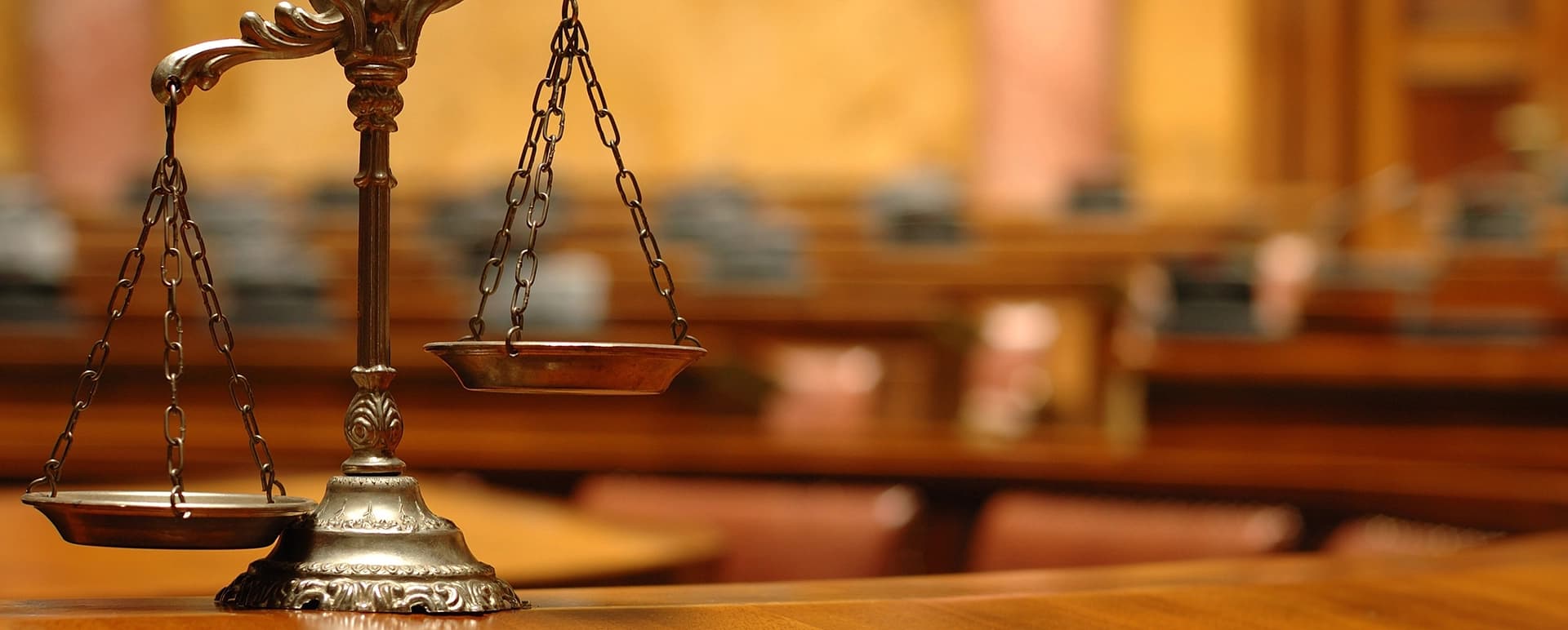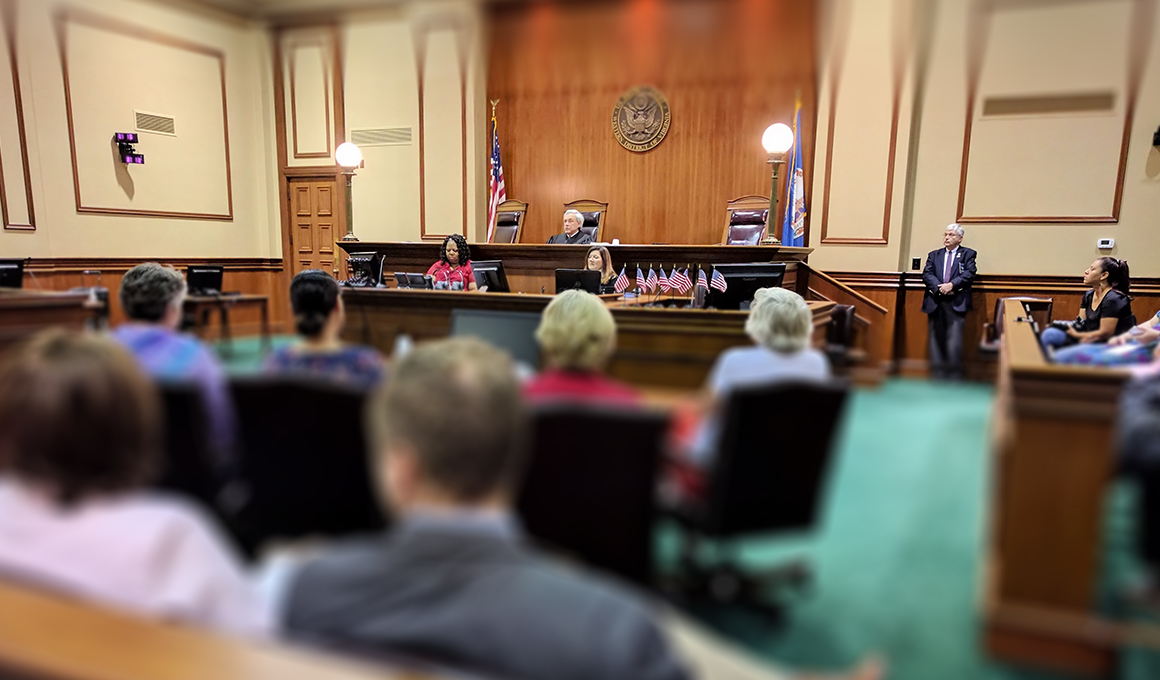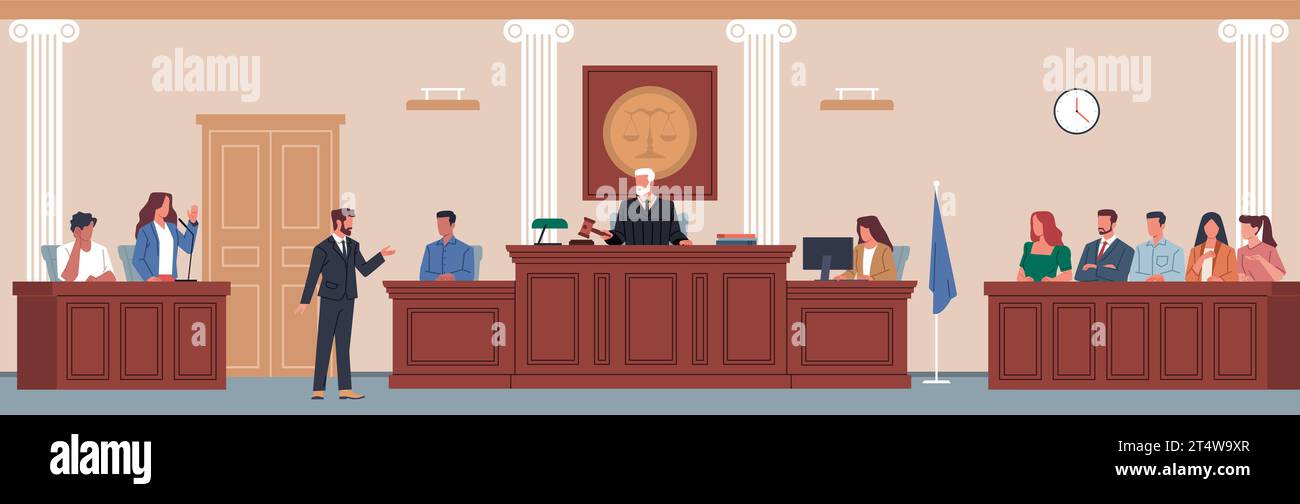Astound the Jury: Vital Components of a Powerful Test Discussion
In the realm of legal advocacy, the capability to captivate a court is vital to the end result of a test (trial presentation). Necessary components such as comprehending the target market, crafting an engaging story, and understanding verbal and non-verbal interaction are crucial components of an effective discussion. In addition, the critical usage of visual help can considerably boost understanding and retention of vital disagreements. As these elements link, they form a natural method that not just informs however also involves jurors on numerous degrees. What specific methods can really change a common presentation into an unforgettable experience for the jury?

Understanding Your Target Market
Understanding your audience is a critical element of efficient trial discussion. An effective discussion rests on the capability to understand the demographics, values, and proneness of jurors. This comprehension informs just how disagreements are mounted, evidence exists, and psychological charms are crafted, ensuring that the message reverberates with the jurors on an individual level.
Study suggests that jurors originated from diverse backgrounds and might have differing degrees of recognizing pertaining to legal procedures (trial presentation). Thus, it is crucial to stay clear of lawful jargon that could estrange or perplex them. Instead, employing clear, relatable language promotes interaction and comprehension. In addition, recognizing the jurors' possible predispositions and life experiences allows the test speaker to anticipate objections and address concerns proactively.
Effective trial presentation also includes observing jurors' reactions during the procedures. Being attuned to non-verbal hints can supply insight right into their interaction and receptivity, enabling real-time adjustments in method. Ultimately, a profound understanding of the audience not just improves communication yet additionally constructs connection, enhancing the likelihood of a beneficial result. Involving with jurors as people instead than a cumulative unit is vital in fostering a strong link in the courtroom.

Crafting an Engaging Narrative
Crafting an engaging narrative is essential in leading jurors with the complexities of an instance. A well-structured narrative not just simplifies detailed legal concepts however also involves jurors on an emotional degree, making the information extra relatable and unforgettable.
To achieve this, attorneys need to begin by identifying the core message they want to convey. This message needs to resonate with the jurors' worths and experiences, fostering a link that transcends simple realities. The narrative needs to unfold practically, presenting occasions in a clear series to prevent complication. This chronological technique can aid jurors comply with the development of occasions, emphasizing domino effect.
Including human elements-- such as individual tales or stories-- can even more improve the story's impact. These elements evoke compassion, permitting jurors to visualize the repercussions of the instance on realities. Additionally, utilizing a consistent theme throughout the presentation strengthens the primary debate, making it simpler for jurors to maintain crucial points.
Eventually, an engaging story changes a test presentation from a simple recounting of realities right into a convincing tale that astounds the jury, encouraging them to ponder with both factor and emotion.
Using Visual Help
Integrating visual help right into a test presentation can considerably improve jurors' comprehension and retention of info. Visual materials such as graphes, representations, photos, and videos can change intricate legal concepts and proof right into quickly digestible layouts. By involving several senses, these help enable jurors to picture the case's key elements, making it easier for them to comply with along and understand intricate information.
In addition, properly designed aesthetic help can stress crucial points and emphasize relationships in between different pieces of evidence. As an example, timelines can efficiently show the series of occasions, while annotated photos can make clear certain information relevant to the case. This not only help in understanding however also reinforces the narrative page offered by the attorney.
It is important, however, to guarantee that visual help matter, clear, and skillfully presented. Excessively complex or messy visuals might overwhelm jurors and interfere with the message. When made use of sensibly, aesthetic help serve to match the dental arguments and improve the total impact of the trial discussion. Inevitably, effective visual interaction can be an effective tool in encouraging jurors and aiding them reach educated conclusions.
Grasping Verbal Interaction
Effective verbal interaction is important in a test presentation, as it functions as the main means where attorneys communicate their debates and attach with jurors. Mastering this skill includes quality, persuasion, and interaction. Lawyers should express their factors plainly and briefly, staying clear of lawful lingo that might perplex jurors. Simpleness in language cultivates understanding and aids jurors realize intricate concerns offered throughout the test.
Additionally, tone and pacing dramatically influence exactly how messages are gotten. A positive tone communicates authority, while suitable pacing enables jurors to take in info without really feeling overwhelmed. Lawyers should also differ their singing inflections to emphasize essential factors and keep jurors' interest throughout the discussion.
In addition, the company of verbal disagreements is vital. Structuring the narrative logically and coherently helps jurors adhere to the attorney's logic, making it simpler for them to keep crucial information. Utilizing convincing methods, such as narration, can also enhance the psychological resonance of the arguments offered, consequently creating a much more extensive connection with jurors.
Inevitably, grasping spoken communication not just strengthens an attorney's instance but additionally fosters trust and connection with the jury, substantially enhancing the possibilities of a favorable decision.

Involving With Body Movement
Nonverbal communication plays why not try these out a vital duty in trial discussions, commonly conveying messages that words alone can not share. Body movement, encompassing motions, posture, faces, and eye get in touch with, substantially influences exactly how jurors regard the trustworthiness and sincerity of the speaker. A confident stance, with shoulders back and an open posture, can impart depend on, while closed-off body language may recommend defensiveness or uncertainty.

Faces need to show the feelings connected with the situation, strengthening the story existing. A genuine expression throughout a touching minute can generate compassion and enhance the emotional allure. Eventually, understanding body language is crucial for reliable trial presentations, as it enhances spoken communication and develops a compelling existence that reverberates with the court.
Final Thought
To conclude, captivating the jury necessitates a strategic technique that encompasses recognizing the audience, crafting a compelling story, making use of visual aids, grasping verbal communication, and involving via body language. Each component plays an important duty in creating a powerful test presentation that resonates with jurors on both emotional and intellectual degrees (trial presentation). By incorporating these parts effectively, lawyers can dramatically enhance their ability to convince and affect court decision-making